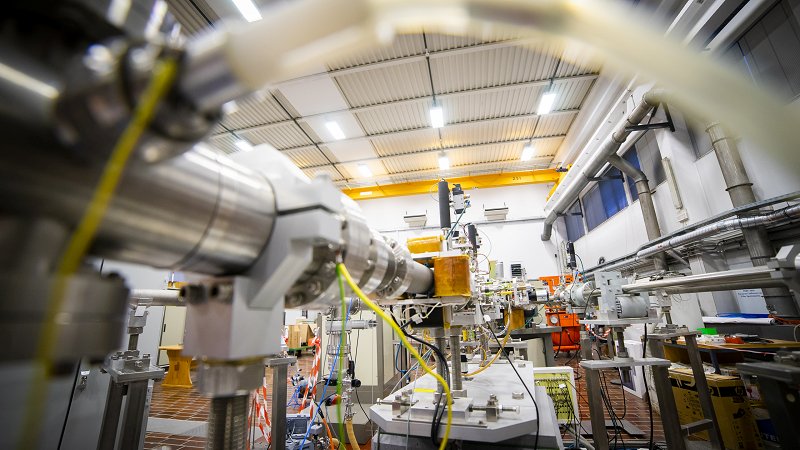Study the effect of absorption path of hydrogen species (ions, neutral atoms or molecules and different isotopes)on hydrogen permeation in fusion relevant materials, like tungsten – experiment and modelling

For fusion development we need to understand the basic processes that occur in the plasma-facing wall material, such as hydrogen transport in a material with lattice defects, the effect of interstitial impurity atoms (HI and He) on defect evolution, and the role of the surface on HI uptake and release. For this purpose we want to make well-defined experiments with in situ measurements of D depth profile to study transport and permeation through fusion relevant tungsten material. The candidate will study the transport of deuterium in tungsten and the effect of absorption path depending on the impinging hydrogen specie and its energy. The candidate will also perform modelling with an already developed macroscopic rate equation code to simulate the processes and compare them with the experiment.
Založnik, A., Markelj, S., Schwarz-Selinger, T., Ciupiński, Ł., Grzonka, J., Primož Vavpetič, Pelicon, P., 2016. The influence of the annealing temperature on deuterium retention in self-damaged tungsten. Phys. Scr. 2016, 014031. link
Markelj, S., Založnik, A., Schwarz-Selinger, T., Ogorodnikova, O.V., Vavpetič, P., Pelicon, P., Čadež, I., 2016. In situ NRA study of hydrogen isotope exchange in self-ion damaged tungsten exposed to neutral atoms. Journal of Nuclear Materials 469, 133–144. link
Markelj, S., Pelicon, P., Simčič, J., Rupnik, Z., Čadež, I., 2007. Studying permeation of hydrogen (H and D) through Palladium membrane dynamically with ERDA method. Nuclear Instruments and Methods in Physics Research Section B: Beam Interactions with Materials and Atoms 261, 498–503. link